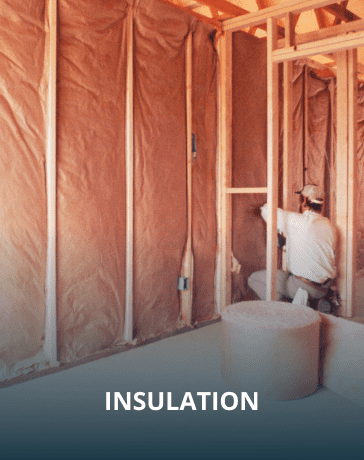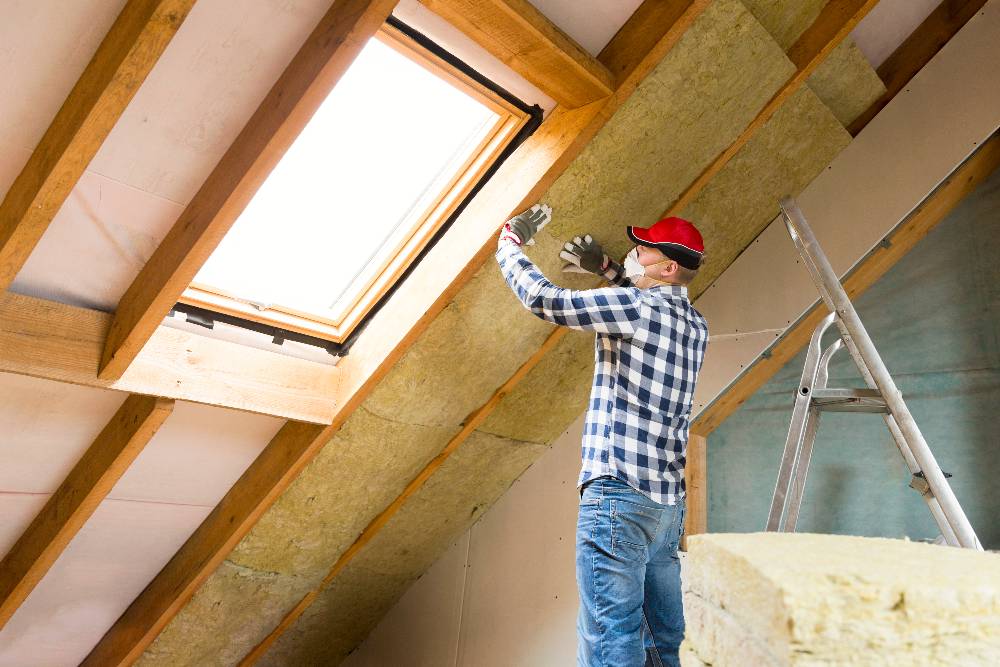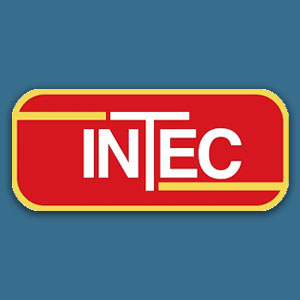Understanding the R-Value of Your Home’s Insulation
An insulation evaluation is a crucial step for Milwaukee, WI homeowners looking to improve their home’s energy efficiency.
The first step in this process is understanding the R-value of your existing insulation.
R-value measures an insulation material’s resistance to heat flow, with higher values indicating better insulation performance.

Insulation being inspected to assess energy efficiency and performance levels.
To determine your home’s current insulation R-value, you can:
- Check the insulation labels in your attic, walls, or crawl spaces
- Measure the depth of the insulation and compare it to the recommended R-value for your climate zone
- Hire a professional insulation contractor in Milwaukee to conduct a thorough assessment
| Insulation Type | R-Value per Inch | Recommended Depth (Milwaukee, WI) |
|---|---|---|
| Fiberglass | 2.2 – 2.7 | 12 – 15 inches |
| Cellulose | 3.1 – 3.8 | 10 – 13 inches |
| Spray Foam | 3.6 – 6.5 | 6 – 10 inches |
Identifying and Addressing Air Leaks and Drafts
Air leaks and drafts can significantly reduce the effectiveness of your home’s insulation, leading to higher energy bills and reduced comfort.
Common areas where air leaks occur include:
- Windows and doors
- Electrical outlets and switch plates
- Plumbing penetrations
- Attic hatches and chimneys
To detect drafts and air leaks, you can:
- Perform a visual inspection of your home’s exterior and interior
- Use a smoke pencil or incense stick to identify air movement near suspected leak areas
- Schedule a professional energy audit that includes a blower door test
Once identified, air leaks can be sealed using caulk, weatherstripping, or expandable foam, depending on the location and size of the leak.
| Draft Detection Method | Advantages | Limitations |
|---|---|---|
| Visual Inspection | Quick and easy | May miss hidden leaks |
| Smoke Pencil/Incense | Inexpensive and effective | Limited to accessible areas |
| Professional Energy Audit | Comprehensive and accurate | Higher cost than DIY methods |
The Impact of Ventilation and Moisture Control on Insulation
Proper ventilation and moisture control are essential for maintaining the efficiency and longevity of your home’s insulation.
Ventilation helps regulate temperature and humidity levels in your attic and crawl spaces, preventing condensation and mold growth that can damage insulation materials.
In Milwaukee’s humid continental climate, it’s crucial to:
- Ensure adequate attic ventilation through soffit, gable, or ridge vents
- Install vapor barriers in crawl spaces and exterior walls to minimize moisture intrusion
- Use exhaust fans in bathrooms and kitchens to remove excess humidity
| Ventilation Type | Recommended Ratio (Attic) | Benefits |
|---|---|---|
| Soffit Vents | 1 sq. ft. per 150 sq. ft. | Allows cool air intake |
| Gable Vents | 1 sq. ft. per 300 sq. ft. | Provides cross-ventilation |
| Ridge Vents | 1 sq. ft. per 300 sq. ft. | Enables hot air exhaust at the ridge |
Benefits of Insulation Evaluation for Energy Efficiency in Milwaukee, WI
An insulation evaluation is an investment in your home’s energy efficiency and comfort.
By identifying areas of inadequate insulation or air leakage, you can target improvements that will:
- Lower your monthly heating and cooling bills
- Enhance your home’s overall comfort and temperature consistency
- Reduce strain on your HVAC system, extending its lifespan
- Improve your home’s indoor air quality and minimize drafts
According to Focus on Energy, Wisconsin’s energy efficiency and renewable energy program, homeowners can save an average of 20% on their energy bills by upgrading their insulation and sealing air leaks.
| Insulation Upgrade | Potential Annual Savings | Approximate Cost (1,500 sq. ft. home) |
|---|---|---|
| Attic Insulation | $200 – $400 | $1,500 – $2,500 |
| Wall Insulation | $100 – $300 | $2,000 – $4,000 |
| Air Sealing | $50 – $150 | $500 – $1,000 |
Practical Tips to Improve Home Insulation and Reduce Energy Bills
Based on the findings of your insulation evaluation, you can take several steps to improve your home’s energy efficiency:
- Upgrade attic insulation to the recommended R-value for Milwaukee (R-49 to R-60)
- Add insulation to exterior walls, either through blown-in cellulose or spray foam
- Seal air leaks around windows, doors, and penetrations with caulk or weatherstripping
- Install programmable or smart thermostats to optimize heating and cooling schedules
- Replace old, drafty windows with energy-efficient models
While some insulation improvements can be DIY projects, it’s often best to work with a professional insulation contractor who has the expertise and equipment to ensure proper installation.
Milwaukee homeowners may also qualify for financial incentives and rebates through Focus on Energy or utility companies like We Energies, making insulation upgrades more affordable.
| Insulation Upgrade | DIY Difficulty | Professional Cost (per sq. ft.) |
|---|---|---|
| Blown-in Cellulose | Moderate | $1.50 – $2.50 |
| Spray Foam | High | $2.50 – $5.00 |
| Fiberglass Batts | Low | $1.00 – $2.00 |
Why Insulation Evaluation is Crucial for Milwaukee Homeowners
An insulation evaluation is a critical first step in improving your Milwaukee home’s energy efficiency and comfort.

Technician evaluates attic insulation to ensure optimal energy performance.
By understanding your current insulation’s R-value, identifying air leaks and drafts, and addressing ventilation and moisture control issues, you can make targeted improvements that will save you money and enhance your living space.
Regular insulation evaluations can also help you stay ahead of potential problems, such as moisture damage or pest infestations, that can compromise your home’s structure and indoor air quality.
As a Milwaukee homeowner, investing in an insulation evaluation and making necessary upgrades can pay dividends in lower energy bills, increased comfort, and a more sustainable living environment.
FAQs
How do I determine the R-value of existing insulation in my Milwaukee home?
To determine the R-value of your existing insulation, check the labels on the insulation materials, measure the insulation depth and compare it to recommended values for Milwaukee, or hire a professional insulation contractor to conduct a thorough assessment.
What are the common signs of air leaks and drafts impacting insulation efficiency?
Common signs of air leaks and drafts include cold or hot spots near windows, doors, or electrical outlets; higher than expected energy bills; and visible gaps or cracks around penetrations in your home’s exterior.
How does poor ventilation and moisture control affect home insulation?
Poor ventilation and moisture control can lead to condensation and mold growth, which can damage insulation materials and reduce their effectiveness. Proper ventilation and vapor barriers help regulate temperature and humidity levels, preserving insulation performance.
What are the benefits of an insulation evaluation for energy efficiency in Milwaukee, WI?
An insulation evaluation helps identify areas of inadequate insulation or air leakage, allowing for targeted improvements that can lower energy bills, enhance comfort, reduce strain on HVAC systems, and improve indoor air quality.
How can I improve my home’s insulation to reduce energy bills in Milwaukee?
To improve your home’s insulation and reduce energy bills, upgrade attic insulation to recommended R-values, add insulation to exterior walls, seal air leaks, install programmable thermostats, and replace old, drafty windows with energy-efficient models. Consider working with a professional insulation contractor for best results.


